Sergiu M. Dascalu
Dozerformer: Sequence Adaptive Sparse Transformer for Multivariate Time Series Forecasting
Dec 11, 2023Abstract:Transformers have achieved remarkable performance in multivariate time series(MTS) forecasting due to their capability to capture long-term dependencies. However, the canonical attention mechanism has two key limitations: (1) its quadratic time complexity limits the sequence length, and (2) it generates future values from the entire historical sequence. To address this, we propose a Dozer Attention mechanism consisting of three sparse components: (1) Local, each query exclusively attends to keys within a localized window of neighboring time steps. (2) Stride, enables each query to attend to keys at predefined intervals. (3) Vary, allows queries to selectively attend to keys from a subset of the historical sequence. Notably, the size of this subset dynamically expands as forecasting horizons extend. Those three components are designed to capture essential attributes of MTS data, including locality, seasonality, and global temporal dependencies. Additionally, we present the Dozerformer Framework, incorporating the Dozer Attention mechanism for the MTS forecasting task. We evaluated the proposed Dozerformer framework with recent state-of-the-art methods on nine benchmark datasets and confirmed its superior performance. The code will be released after the manuscript is accepted.
A Schedule of Duties in the Cloud Space Using a Modified Salp Swarm Algorithm
Sep 18, 2023Abstract:Cloud computing is a concept introduced in the information technology era, with the main components being the grid, distributed, and valuable computing. The cloud is being developed continuously and, naturally, comes up with many challenges, one of which is scheduling. A schedule or timeline is a mechanism used to optimize the time for performing a duty or set of duties. A scheduling process is accountable for choosing the best resources for performing a duty. The main goal of a scheduling algorithm is to improve the efficiency and quality of the service while at the same time ensuring the acceptability and effectiveness of the targets. The task scheduling problem is one of the most important NP-hard issues in the cloud domain and, so far, many techniques have been proposed as solutions, including using genetic algorithms (GAs), particle swarm optimization, (PSO), and ant colony optimization (ACO). To address this problem, in this paper, one of the collective intelligence algorithms, called the Salp Swarm Algorithm (SSA), has been expanded, improved, and applied. The performance of the proposed algorithm has been compared with that of GAs, PSO, continuous ACO, and the basic SSA. The results show that our algorithm has generally higher performance than the other algorithms. For example, compared to the basic SSA, the proposed method has an average reduction of approximately 21% in makespan.
Multi-scale Transformer Pyramid Networks for Multivariate Time Series Forecasting
Aug 23, 2023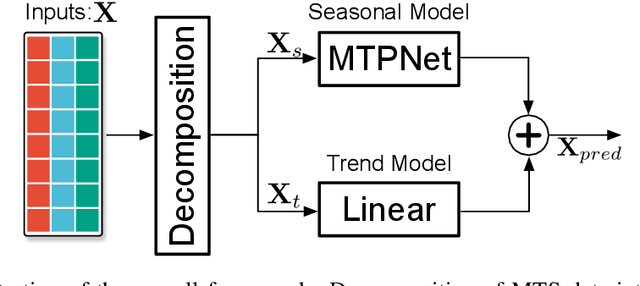
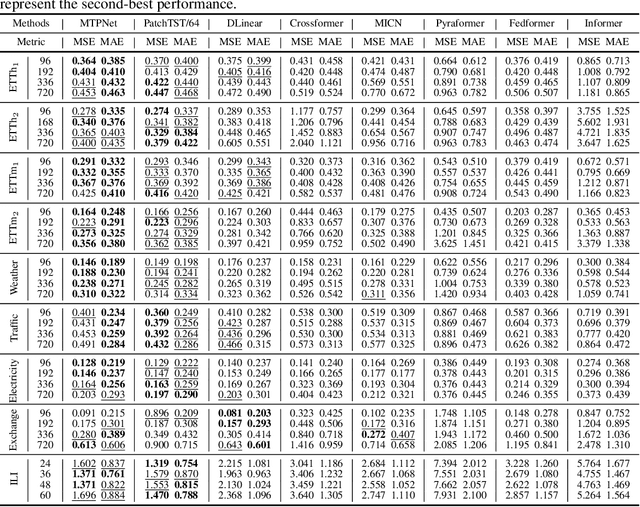

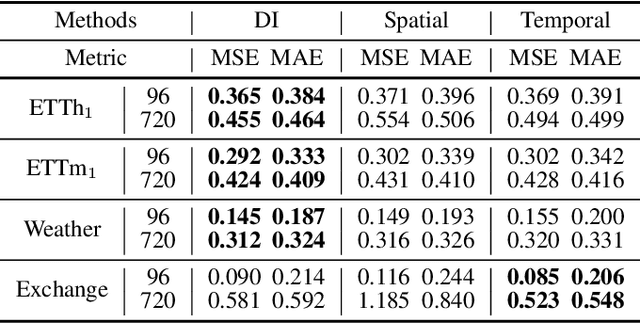
Abstract:Multivariate Time Series (MTS) forecasting involves modeling temporal dependencies within historical records. Transformers have demonstrated remarkable performance in MTS forecasting due to their capability to capture long-term dependencies. However, prior work has been confined to modeling temporal dependencies at either a fixed scale or multiple scales that exponentially increase (most with base 2). This limitation hinders their effectiveness in capturing diverse seasonalities, such as hourly and daily patterns. In this paper, we introduce a dimension invariant embedding technique that captures short-term temporal dependencies and projects MTS data into a higher-dimensional space, while preserving the dimensions of time steps and variables in MTS data. Furthermore, we present a novel Multi-scale Transformer Pyramid Network (MTPNet), specifically designed to effectively capture temporal dependencies at multiple unconstrained scales. The predictions are inferred from multi-scale latent representations obtained from transformers at various scales. Extensive experiments on nine benchmark datasets demonstrate that the proposed MTPNet outperforms recent state-of-the-art methods.
Cybersecurity Information Exchange with Privacy (CYBEX-P) and TAHOE -- A Cyberthreat Language
Jun 03, 2021
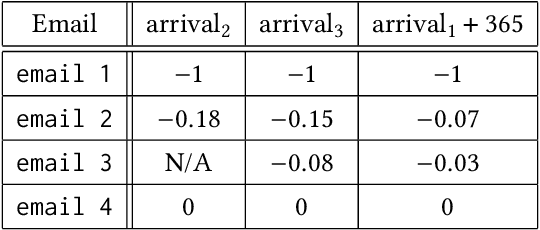
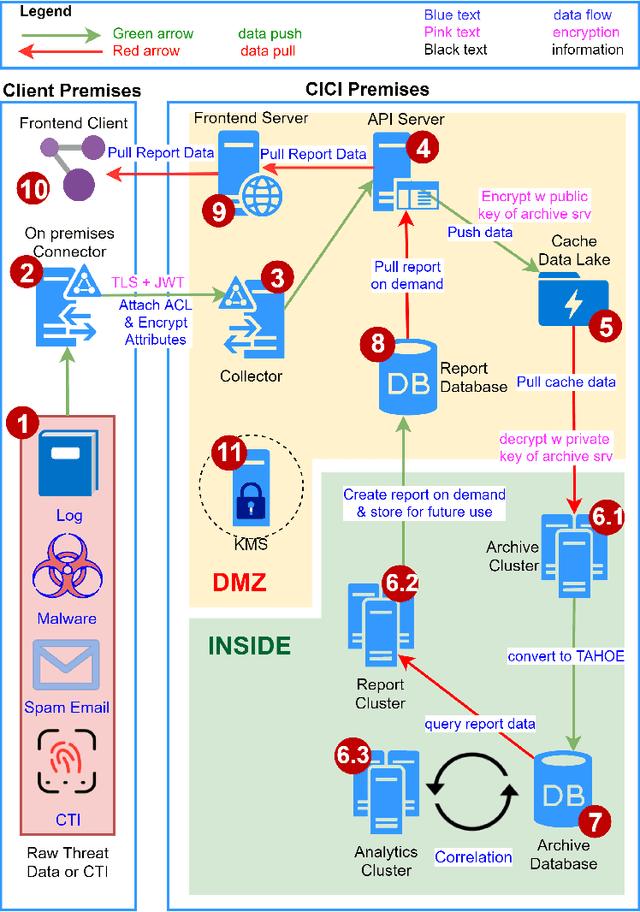

Abstract:Cybersecurity information sharing (CIS) is envisioned to protect organizations more effectively from advanced cyber attacks. However, a completely automated CIS platform is not widely adopted. The major challenges are: (1) the absence of a robust cyber threat language (CTL) and (2) the concerns over data privacy. This work introduces Cybersecurity Information Exchangewith Privacy (CYBEX-P), as a CIS framework, to tackle these challenges. CYBEX-P allows organizations to share heterogeneous data with granular, attribute based privacy control. It correlates the data to automatically generate intuitive reports and defensive rules. To achieve such versatility, we have developed TAHOE - a graph based CTL. TAHOE is a structure for storing,sharing and analyzing threat data. It also intrinsically correlates the data. We have further developed a universal Threat Data Query Language (TDQL). In this paper, we propose the system architecture for CYBEX-P. We then discuss its scalability and privacy features along with a use case of CYBEX-P providing Infrastructure as a Service (IaaS). We further introduce TAHOE& TDQL as better alternatives to existing CTLs and formulate ThreatRank - an algorithm to detect new malicious even
Collaborative Evolution of 3D Models
Nov 27, 2017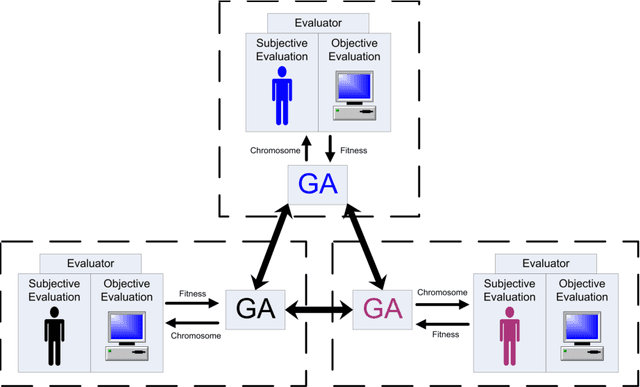
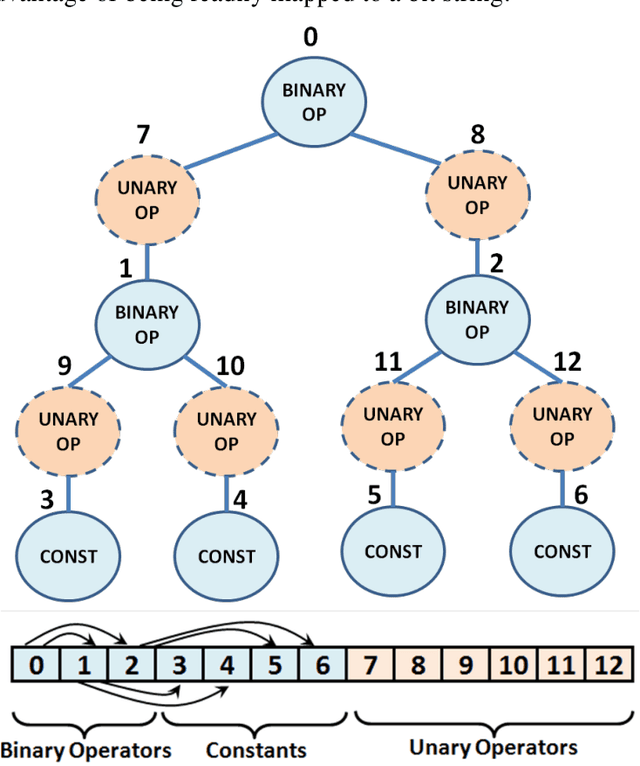
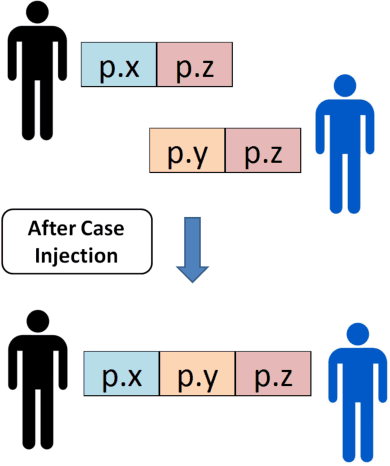
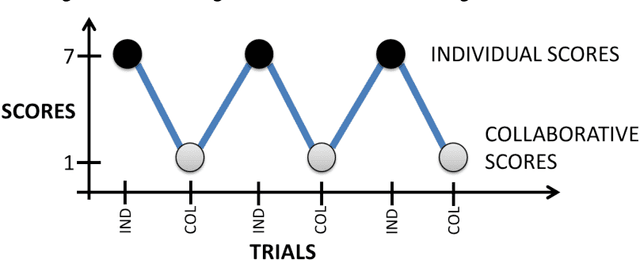
Abstract:We present a computational model of creative design based on collaborative interactive genetic algorithms. In our model, designers individually guide interactive genetic algorithms (IGAs) to generate and explore potential design solutions quickly. Collaboration is supported by allowing designers to share solutions amongst each other while using IGAs, with the sharing of solutions adding variables to the search space. We present experiments on 3D modeling as a case study, with designers creating model transformations individually and collaboratively. The transformations were evaluated by participants in surveys and results show that individual and collaborative models were considered equally creative. However, the use of our collaborative IGAs model materially changes resulting designs compared to individual IGAs.
* Design Computing and Cognition 2014
 Add to Chrome
Add to Chrome Add to Firefox
Add to Firefox Add to Edge
Add to Edge